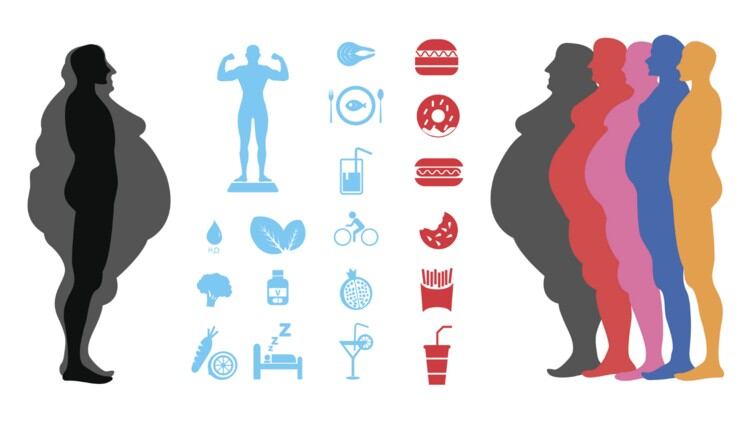Conducted by the School of Public Health, National Defense Medical Centre in Taiwan, the study focused on comparing Nutrition and Health Surveys in Taiwan (NAHSITs) conducted 15 to 18 years apart in order to identify the differences in adolescent dietary trends.
The NAHSITs chosen for comparison was the 1993 – 1996 study (788 participants) versus the 2011 study (1274 participants). The adolescents in both studies were high school students aged 16 to 18.
Interviews were conducted with survey participants to obtain dietary information, and overall dietary quality was assessed using the Youth Healthy Eating Index–Taiwan Revised (YHEI-TwR-90), which was modified from the US YHEI.
Within this, scores were assigned according to the items consumed (whole grains, fruits, snack foods, etc.), as well as eating habits (eating vs not eating breakfast). Lower scores denominated better dietary quality.
Foods were classified according to both their degree of processing (from ‘unprocessed’ to ‘ultra-processed’), and the recognisability of the structures of the original foods.
Group 1 (unprocessed, recognisable structure) comprised original foods. Group 2 (unprocessed, unrecognisable structure) comprised processed culinary ingredients like olive oil, sugar and salt. Group 3a (processed, recognisable structure) included processed foods like canned fish and ham, whereas Group 3b (processed, unrecognisable structure) was ultra-processed foods, like chips.
The study found that adolescents consumed more energy from processed foods (12% vs 18%) and ultra-processed foods (21% vs 25%) in 2011 as compared to the previous study.
This was in contrast to original food consumption, which dropped from 55% to 39%. No gender differences were observed.
Higher consumption of ultra-processed foods were found to correlate with higher levels of saturated fat and lower levels of unsaturated fats, micronutrients and fibre.
Overall, participants who ate more ultra-processed foods and less original foods exhibited poorer dietary quality.
“A 10% increase in UPF energy intake or expenditure was associated with an increased risk of poor dietary quality by 37 or 36%,” said the authors.
Ultra-processed foods and health
Health indices also showed a worrying negative shift. Average BMI measurements increased by roughly 1.2 units in 2011 from the previous study, as well as abdominal and truncal fat measurements.
The prevalence of obesity increased by over 100% from 7.5% to 16.8%, and cardiovascular risk also rose on the whole.
“The trend towards higher UPF intake in Taiwan observed in the present study may be a forerunner of adverse health outcomes,” said the authors.
“We found that eating more UPFs and fewer original foods, leading to greater energy density and less nutritious diets, resulted in more adverse health risk among adolescents.”
“Adolescence is a period of nutritional scene-setting for reproductive and working adult lives involving family responsibilities. [As such], excessive intake of UPFs may be of great significance for the health and well-being of current and future generations,” they added.
The study urged active action against ultra-processed foods production, in order to avoid the population being exposed to “unhealthy foods that are energy dense, of poor nutritional quality, high in salt, and vehicles for trans-fatty acids”.
“Unfortunately, rather than using basic food commodities, reformulation often allows manufacturers to advertise their products as ‘healthy’ in limited respects (e.g. high in fiber, low in salt and fat) when they are not legitimate ‘healthy alternatives’,” said the authors.
“In addition, we found that the increased consumption of such products is likely to at least maintain, if not displace, the consumption of original foods.”
Also of note was the discovery that expenditure on ultra-processed foods did not increase over the timeframe which the study was conducted, even though total consumption did.
“This indicates that UPFs became relatively cheaper during this period, which provides some insight into factors that might be encouraging their consumption, namely cost and palatability,” said the authors.
“The adolescents investigated […] had less healthy nutrient and cardiometabolic risk profiles without having incurred additional expenditure on foods.”
“These findings indicate that national health system planning, and policy-making, should be more responsive to significant changes occurring in the food system, related nutritional and health impact trajectories, and cost factors in food choices,” they urged.
Authors: Chen, Y.C. et. al.
Secular trend towards ultra-processed food consumption and expenditure compromises dietary quality among Taiwanese adolescents
Source: Food & Nutrition Research





